Melton Cattle Market celebrates 150 years at current site
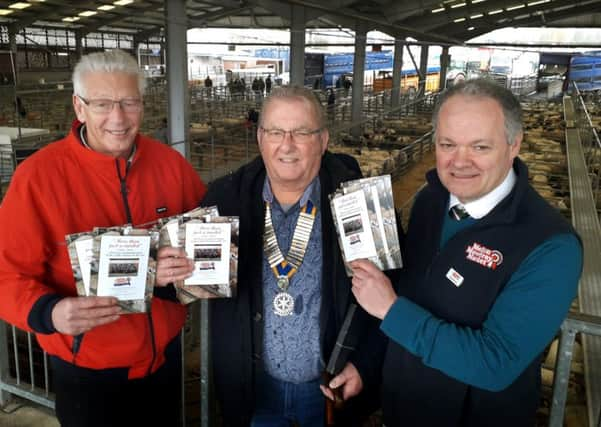

Livestock fills the streets as farmers bring them to market, the paths and roads are covered in animal dung and shopkeepers are angry that it is ruining their trade.
The effect on people’s quality of life was prompting real antipathy towards an institution which had fuelled the local economy for nine centuries.
Advertisement
Hide AdAdvertisement
Hide AdThings finally came to a head when there was a severe outbreak of typhus fever and smallpox in the town, which was attributed to poor sanitary conditions caused by effluent from the market, and slaughtered animals in the open ditches running into Scalford Brook and the Canal Basin contaminating water supplies.
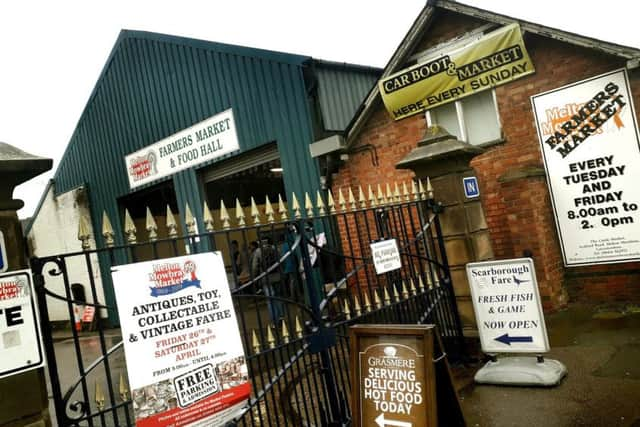

It was decided in 1869 to relocate the market to Spital Leys, now known as Scalford Road, with the land leased to the Local Government Board for 999 years for £50 per annum, and it remains there today, 150 years later.
The remarkable history of the place - it is the UK’s largest town centre livestock market - has been detailed in a fascinating brochure compiled by town historian Derek Simmonds and designed by John Milner, on behalf of the Melton Belvoir Rotary Club.
It traces the market’s roots, which stretch as far back as the 11th century when it was mentioned in the Domesday Book, and plots how it has changed through the centuries.
Advertisement
Hide AdAdvertisement
Hide AdThe publication quotes an article in the Leicester Journal from 1861 which highlights the unrest in the town a few years before it was decided to move the market.
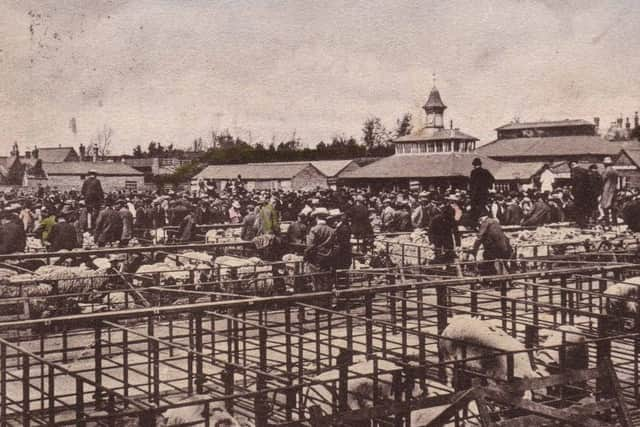

“Another closed day, shops closed and barricaded, business suspended, streets filled with cattle, an amount of beastly filth brought into the town and deposited at our doors and under our windows of our houses,” the piece stated.
“The Local Government Board are blind to this barbarous custom which they have grown up with, quick in their perception of malaria arising from the poor man’s pigsty, but callous to the sickening stench that fills the streets after a market and fair day.”
The market thrived at its new site, particularly after developments in the railways and the creation of the old Melton North Station across the road.
Advertisement
Hide AdAdvertisement
Hide AdIt enabled livestock to be brought in to market as well as being transported to other locations across the country.
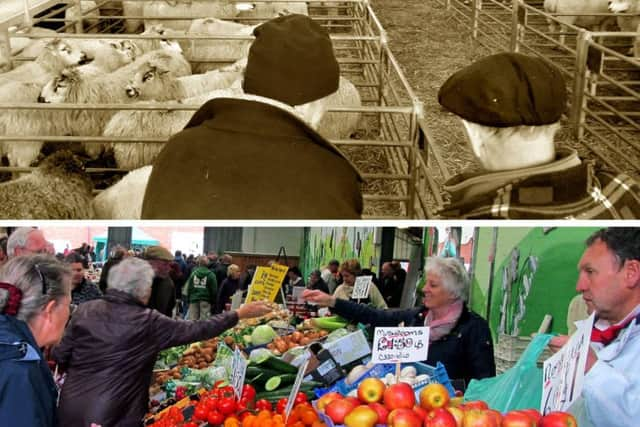

This finished in 1963 when the rail line closed following the Beeching report, but cattle and other animals were by now being transported by road, and droving was still being done until the 1950s, with distances of up to 10 miles being covered into market.
Today’s livestock market is very different from the one which opened on the site one-and-a-half centuries ago.
Market stalls began appearing in the 1960s, selling a variety of rural goods, and one of the nation’s first farmers’ markets was started there in 2000.
Advertisement
Hide AdAdvertisement
Hide AdHorse sales are held regularly along with annual show and sale events for poultry, and native rare animal breeds.
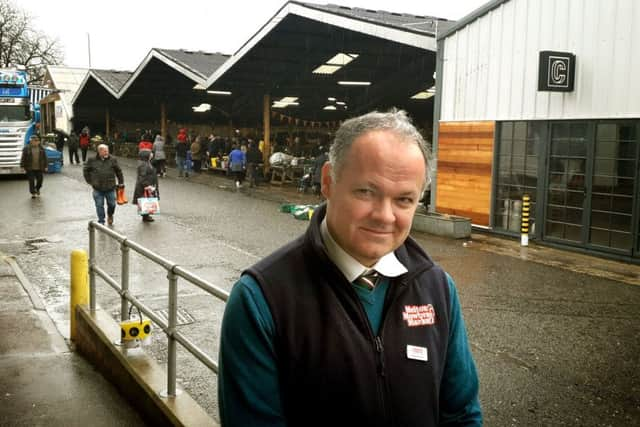

The Market Tavern was opened as a licensed bar and cafe for farmers and visitors, and the market has also been used to host a number of public events, such as the Leicestershire County Show and the annual food and drink festivals.
The market, which is owned by Melton Borough Council and operated by Gillstream Markets, is now entering a new era of redevelopment, of course.
Phase One saw £5.5 million invested to replace delapidated cattle sheds with a new state-of-the-art livestock building and auction ring, with Princess Anne officially opening it last year.
Advertisement
Hide AdAdvertisement
Hide AdThe second phase has begun with the launch in December of the Round Corner Brewing brewery and tap room, with further developments expected to include a food and drink hub to reflect Melton’s prestigious reputation.
Hugh Brown, who is CEO of Melton Mowbray Market and founder of Gillstream Markets, said there would be challenges ahead with farming, like every other business, trading in difficult economic time, together with the uncertainty surrounding Brexit and how it might impact agriculture after the UK leaves the European Union.
But, he is confident the market will thrive with phase two of the re-development already underway with the opening of new brewery, Round Corner Brewing, and the prospect of more food and drink businesses being based there.
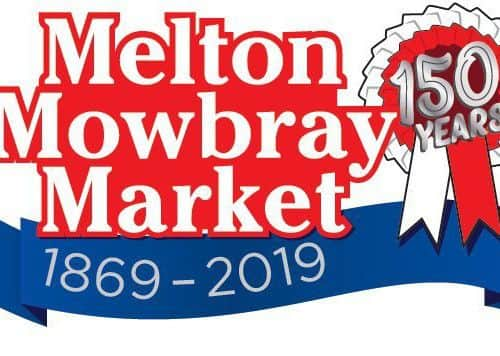

Mr Brown told the Melton Times: “I am honoured to be at the helm of the market as it celebrates its 150th anniversary on the current site.
Advertisement
Hide AdAdvertisement
Hide Ad“Thanks to the investment from the council, the Leicester and Leicestershire Enterprise Partnership and our shareholders, it is now the largest town centre livestock market in the country and we look forward to its further development and growth over the coming years.”
l Free copies of the new brochure detailing the history of Melton’s livestock market are available at the site office.